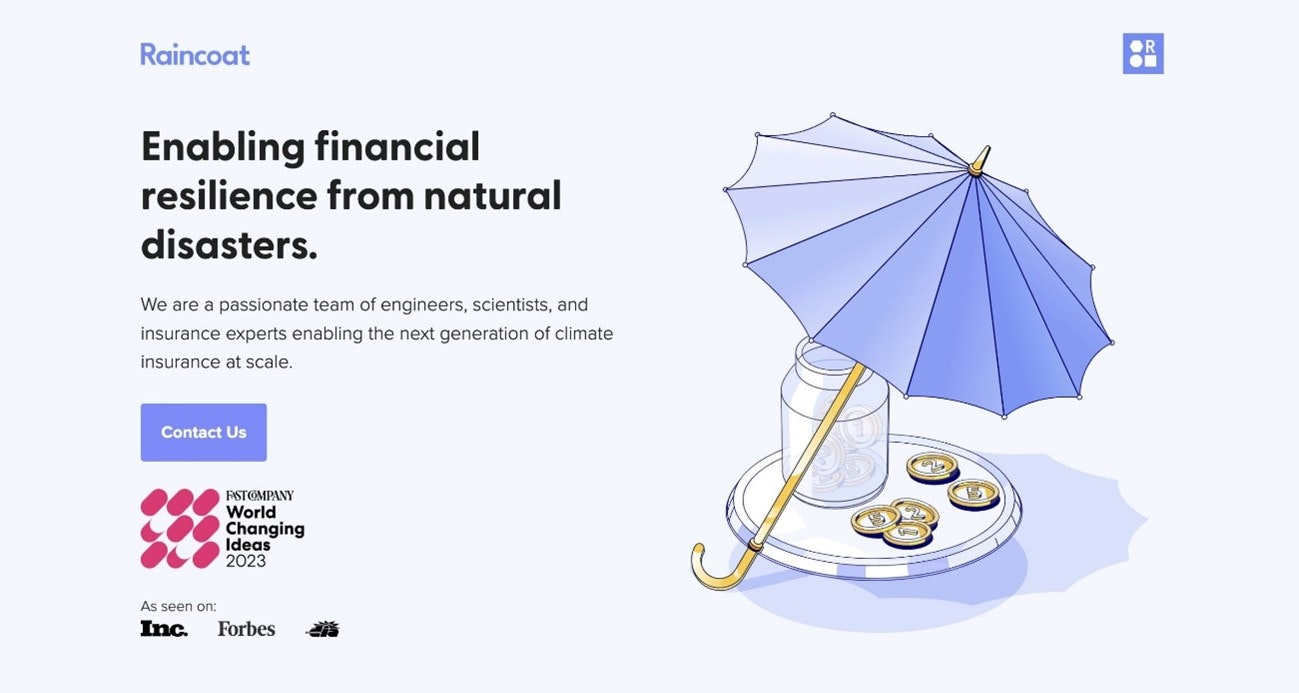
Sailing the Storm: The Power of Parametric Insurance vs Climate Change
Understanding the Landscape
Parametric insurance, also known as index-based cover, is gaining traction, especially for weather-related events. It is a type of insurance that pays out a predetermined, fixed amount when specific, predefined parameters or triggers are met. Unlike traditional insurance, which assesses actual losses and damages, parametric insurance relies on objective and measurable data to determine payouts.
Today, parametric insurance is a relatively mature business model and solution that not only makes traditional insurance more efficient but also enhances customer experience. Around the globe, insurers, Insurtechs, international organizations, and governments are collaborating proactively to build and innovate in the field of parametric models. The global parametric insurance market was valued at $11.7 billion in 2021 and is projected to reach $29.3 billion by 2031, growing at a CAGR of 9.9% from 2022 to 2031.
Mainstream insurers as well as leading Insurtech Investors like Alma Mundi have prioritized parametric insurance companies such as Descartes Underwriting, FloodFlash, and Raincoat, among others. According to Crunchbase data, climate and weather analytics startups have seen plenty of investment action over the past couple of years despite a dryer funding climate. Verticals including weather tracking technologies and analytics tools for insurers are seeing stepped-up interest and growth prospects. In the year 2023, two insurtechs stood out: Raincoat ($ 6.6M seed round) and Sensible Weather (venture round), both of which offer parametric protection.
Parametric vs. Traditional Climate Insurance
As extreme weather increases in both frequency and severity, parametric insurance is pushed to be the standardized solution. The reasons are clear: predictability, rapid payouts, and affordability.
Trigger parameters are clearly defined in the policy, so that policyholders know precisely under what conditions they will receive a payout, reducing uncertainty.
And while traditional insurance payouts are typically based on the losses incurred and the detailed claims assessment can be extremely time-consuming, policyholders of parametric insurance receive a fixed payout as soon as the predefined parameters are met.
Thirdly, by streamlining the event-based coverage, the administrative cost savings of insurers can be passed on to policyholders in the form of lower premiums, making the insurance more affordable.
Let’s see the use case of Raincoat.
Case Study - Raincoat: Parametric Insurance at Scale to Improve Financial Resiliency

Raincoat was founded in 2019 in response to the aftermath of Hurricane Maria which struck Puerto Rico in 2017. Because of the scale of the disaster, there were not enough staff to handle claims quickly. Local residents, including families of the co-founders, waited on a slow and bureaucratic claim process only to be rejected months after submitting it. To change this, to make businesses and families more resilient, and to match the growing climate risk, Raincoat created highly scalable and fully automated climate insurance products, through the powerful tool of parametric insurance.
Besides the quick response, Raincoat’s product is designed to be accessible to lower-income families, with the most affordable version starting at $25 a year. The startup has active corporate projects in Puerto Rico, Jamaica, Mexico, and Colombia. Its uniquely B2B2C approach enables individual policies offered via partnerships with insurers, financial institutions, and governments. This is partly because the startup realized that it would otherwise be hard to reach customers, some of whom don’t have internet access.
According to Jonathan González, Raincoat Co-Founder & CEO, Raincoat is about collaboration, and the startup is a technology partner first and foremost.
“Our team hands off an end-to-end, fully operational, tailor-made solution that can be embedded in our partner’s existing channels, facilitating their claim response to end users. We gather all industry and local regulations, capacity, science, data, and software development to deliver an automated parametric insurance product that covers all the stages of a policy lifecycle.”
Navigating Scale: Challenges and Opportunities
While fully automated insurance holds the key to ensuring the most vulnerable against climate risks, scaling parametric climate insurance products presents four significant challenges:
1. Data Availability and Quality: Ensuring reliable data at the individual level, even within close neighbors, is a fundamental hurdle. To overcome this, collaboration with data providers and strategic investments in data collection infrastructure, coupled with the application of advanced technologies, are pivotal for achieving scalability.
2. IT & Infrastructure: Seamless support for processes ranging from enrolment and policy issuance to payment management and educational interfaces is essential. The development of cost-effective solutions is imperative, as addressing these challenges can become financially burdensome without strategic partnerships.
3. Product Packaging and Distribution: Tailoring products to meet the diverse needs of customers is time-consuming. Finding the optimal fit within the product's context and the market requires extensive development. What works for one customer may not be suitable for another, making customization a key consideration.
4. Regulatory Uncertainty and Market Perception: Navigating regulatory challenges and market perception can be intricate. Engaging with regulators from the outset, actively participating in regulatory discussions, and adapting to local requirements are critical strategies for success.
In spite of the challenges, there exists immense potential for a revolutionary transformation in parametric insurance, driven either by the advent of new data sources and providers or broader technological shifts, such as the integration of AI.
A notable illustration is a collaboration between Google and the non-profit GiveDirectly, which harnessed AI to map out neighborhoods likely to be hardest hit by Hurricane Ian last year. Subsequently, they swiftly initiated $700 direct cash transfers within 24 to 48 hours. These emerging opportunities hold the promise of significantly enhancing the scalability and impact of parametric insurance.
In conclusion, scaling parametric insurance represents a transformative step towards bridging the protection gap exacerbated by the challenges of climate change. This innovative approach not only enhances the customer experience but also addresses one of the most pressing issues in the industry: response time. By reducing the response time from months to mere days, and sometimes even hours, parametric insurance demonstrates its potential to revolutionize the insurance landscape and better protect individuals and communities in an era of increasing climate-related risks.
Header photo by Daniil Silantev on Unsplash
Subscribe to Our Newsletter
Get the latest insights about Global solutions for leading insurers on your email




